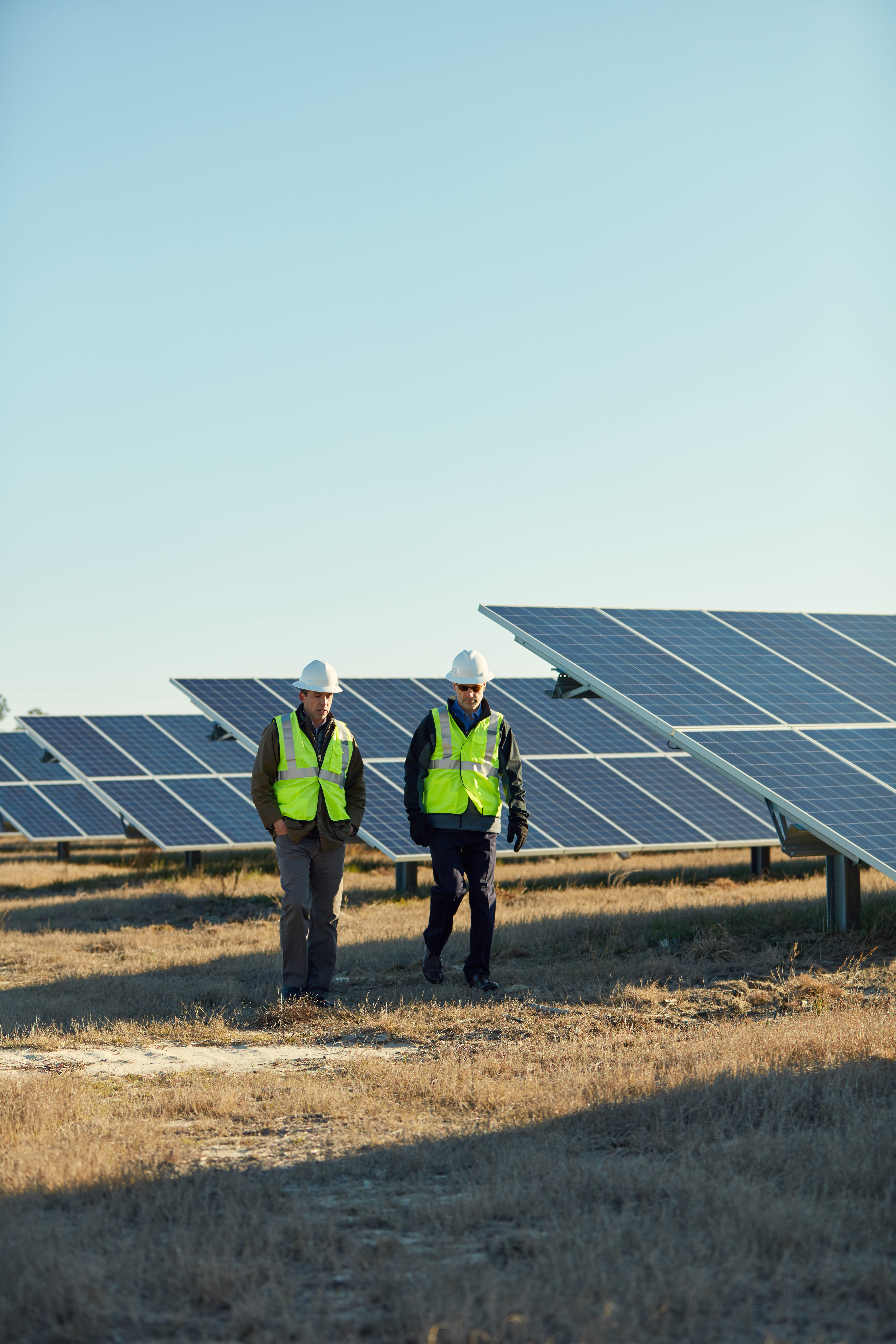USDA REAP Loans: FACT vs. Fiction
Loans for renewable energy projects using the USDA REAP (Rural Energy for America Program) are essential to increasing our energy independence. REAP loans have longer terms, low interest rates, and are fully amortized, with no calls or balloons. Government guaranteed loans sometimes get a bad rap when lenders who are not experts at USDA lending do a poor job. An inexperienced lender can cause the process to be lengthy and frustrating, which often leads to misinformation about the loan program.
Read on to learn some common myths surrounding USDA financing, as well as how to carry out due diligence on your lender, and navigate potential pitfalls. Regardless of state or U.S. territory, solar developers should consider USDA financing as a viable option for renewable energy projects. Here's what to keep in mind:
USDA REAP loans are slow. FICTION. Look for a bank that has an experienced team who can navigate the USDA application and approval process. Many banks offering USDA products use outside third parties to compile application and loan information. However, if you choose an institution with an internal staff, with years of industry experience and expertise in USDA programs, the process can be significantly expedited.
USDA loans require too much paperwork. FICTION. All loans, regardless of type, require paperwork. Look for a bank with a streamlined and automated loan process. You will need an institution that is able to prepare all the USDA application documentation in an efficient manner, and submit it to USDA for approval, so the process is seamless for the borrower.
USDA loans pose no risk to the originating bank. FICTION. The USDA guaranty ranges from 60% to 80%, leaving a credit risk of up to 40%. In order to ensure your project has a successful track record, find a lender that understands the renewable energy industry, risks, and the USDA requirements.
USDA interest rate, terms, and conditions are attractive.FACT. Research lenders that offer flexible terms with longer amortizations than standard lenders, and consider rate locks as an option. You also want to determine if the lender can fund utility scale projects from 1-25MW, and can work with multi-site bundles of varying sizes.
USDA loans have fees. FACT. Yes, REAP loans have a guarantee fee of 1% of the guaranteed amount of the loan (60% to 80% of the total loan amount). USDA receives 100% of this fee. This fee is much lower than fees in other government loan programs.
I can get the same USDA deal at my local bank. PROBABLY NOT. Local banks value your relationship, but may not have USDA experts in-house. This is where research is paramount in finding the best deal possible in every way - lowest rate, longer terms, speed, and responsive and knowledgeable people.
USDA servicing is burdensome. FICTION. There are banks that maintain a close relationship with the borrower after closing, and handle all the USDA required financial monitoring. So, select a lender that can bridge that relationship throughout the life of the loan, to ensure your project is geared for success.
Jordan Blanchardis general manager of the renewable energy team at Live Oak Bank. He's responsible for deal structuring, pricing, team leadership, marketing strategy and all aspects of loan production. Prior to this role, Jordan was managing director of Live Oak's SBA 504 Secondary Markets where he co-founded a closed-end mutual fund that purchased small business commercial real estate loans from banks and non-bank lenders. He previously held leadership roles at Community National Bank, Temecula Valley Bank and Excel National Bank. Jordan received a B.S. in business administration and finance from San Diego State University.
Live Oak Bank | www.liveoakbank.com
Volume: 2018 July/August







